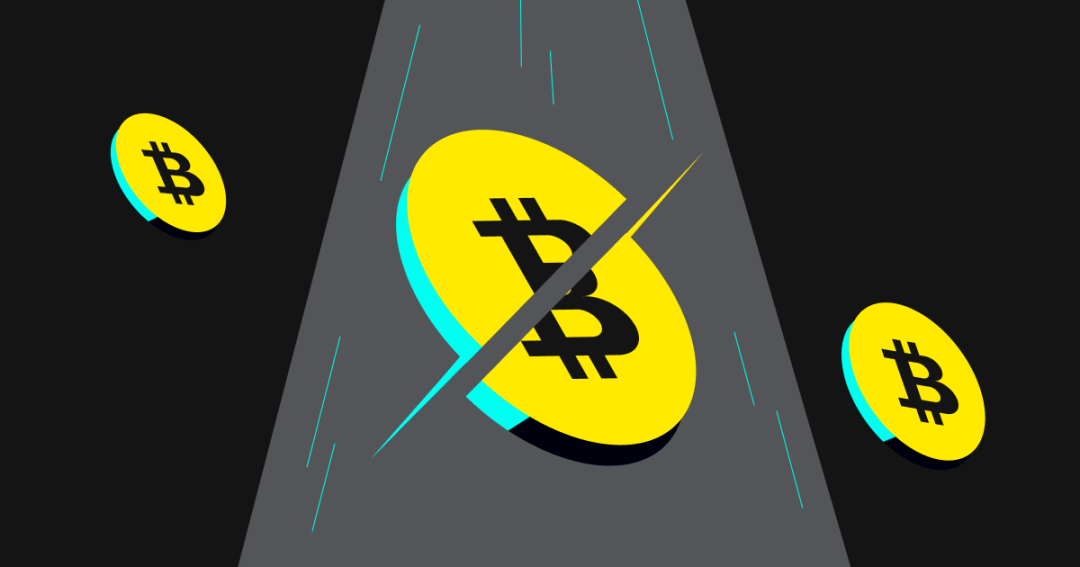The recent analysis report from the crypto asset exchange Bybit shows that if the demand for BTC remains at the same level, the exchange's BTC may face a shortage by the end of 2024.
The report predicts that if the current withdrawal rate continues (currently about 7,000 BTC per day), the BTC reserves may be depleted within the next nine months.
The shortage prediction is closely related to the BTC halving event in 2024, which will reduce the BTC production per block by half.
Alex Greene, a senior analyst at Blockchain Insights, stated, "The rapid depletion of BTC reserves is warning the market to prepare for a potential liquidity crisis."
"As reserves decrease, the market's ability to absorb a large amount of sell orders without affecting the price will weaken."

According to Bybit's report, institutional investors have significantly increased their BTC investments after the recent approval of spot BTC ETFs by U.S. regulatory agencies, driving the growth in BTC demand amid reduced supply.
Greene pointed out, "The surge in institutional interest has greatly increased the demand for BTC. This increase may exacerbate the phenomenon of BTC shortage and drive up prices after the halving."
The nine new ETFs are purchasing BTC at a rate of approximately $500 million per day, which is equivalent to withdrawing about 7,142 BTC from exchange reserves daily.
Meanwhile, centralized exchange reserves have only about 2 million BTC left.
Bybit warned that if demand remains high after the daily mining supply is halved to 450 BTC, the exchange's supply may disappear early next year.
The next halving will reduce the mining reward per block from 6.25 BTC to 3.125 BTC, further restricting new BTC supply entering the market.
This programmed reduction simulates the scarcity of resources, similar to the scarcity of precious metals, aiming to control inflation and increase the value of BTC.

Miners will face the issue of reduced rewards and increased production costs, which is likely to lower the frequency of immediate sales after BTC generation.
The decrease in miner sales volume will lead to scarcity of BTC on public exchanges, further driving up prices.
Crypto asset market strategist Maria Xu stated, "Miners are adapting to increased costs and reduced returns."
"Many miners may sell part of their reserves before the halving to maintain operations, which may temporarily increase the BTC supply, but a long-term decrease in supply after the halving is certain."
Bybit's analysis indicates that the tightening of BTC supply is a critical and pressing issue with significant implications for BTC pricing and investment strategies.
However, the exchange remains optimistic about the coming months and believes that the decrease in supply may intensify the "fear of missing out" (FOMO) among new investors, potentially driving BTC prices to unprecedented levels.
免责声明:本文章仅代表作者个人观点,不代表本平台的立场和观点。本文章仅供信息分享,不构成对任何人的任何投资建议。用户与作者之间的任何争议,与本平台无关。如网页中刊载的文章或图片涉及侵权,请提供相关的权利证明和身份证明发送邮件到support@aicoin.com,本平台相关工作人员将会进行核查。




